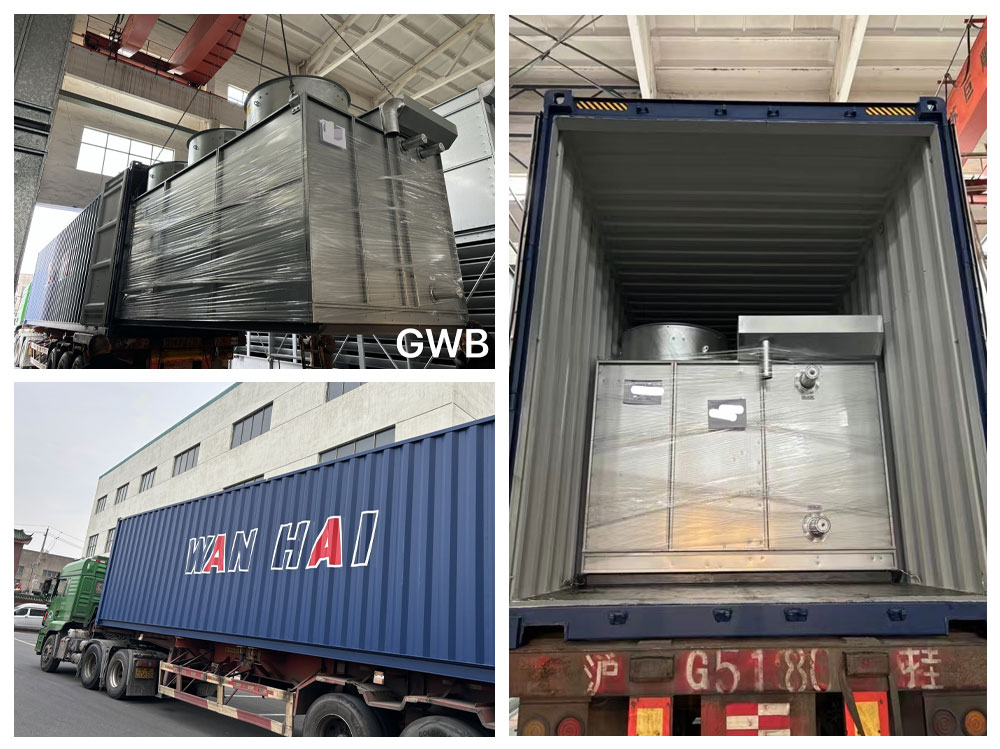Does The Closed Cooling Tower Need To Be Drained When It Is Shut Down
Because of COVID19, many factories have no choice but to shut down. Our closed cooling towers need to be shut down. Especially in the cold city, the water of the closed cooling tower should be drained when it is shut down?
For heat exchange equipment such as dry closed cooling towers, in order to avoid freezing and cracking of segments in low temperature weather, the circulating water in the segments should be drained during shutdown. However, the current closed cooling tower generally has problems such as slow drainage and poor drainage, which leads to freezing and cracking of segments. In addition, due to the unclean drainage, even if there is no freeze cracking, if there is partial ice in the pipeline, the water hammer phenomenon may also cause the whole machine failure such as startup and pipeline explosion. Therefore, the closed cooling tower often suffers from freeze cracking failures in actual use. The main reason for this problem is that the drainage is not clean. The most fundamental way to solve this phenomenon is to drain the water in the section.
The cooling principle of the closed cooling tower can be divided into: internal circulation and external circulation. Internal circulation: connect with the target equipment to form a closed circulation system (the circulation medium is soft water). Cools the target device and transfers the heat from the target device to the cooling device. External circulation: In cooling towers, the cooling tower itself is cooled. There is no contact with the internal circulating water, and heat exchange and heat dissipation are only carried out through the coil surface cooler in the cooling tower. In this cooling mode, after automatic control, set the operation of the motor according to the water temperature. two cycles. When the ambient temperature is high in spring and summer, the two cycles need to run simultaneously. The ambient temperature in autumn and winter is not high, and only one internal cycle is required in most cases.
In the closed cooling tower, the tubular heat exchanger is placed in the dry tower, and the cooling effect is ensured by the heat exchange of circulating air, spray water and circulating water. If the closed cooling tower does not need to operate in winter, the spray water and internal circulating water must be drained during shutdown. The cooling lap adopts a three-dimensional oblique structure in the design of the actuator to ensure the dredging and emptying of water. You can change the inclination angle of the segment, discuss the drainage situation at different angles, including the size of the drainage speed and the amount of remaining water, and analyze and give solutions based on this. Another method is the pressure drainage method. Usually, there is a vent valve at the outlet of the condenser. When drainage is required in winter, open the exhaust valve and intervene through atmospheric pressure to speed up the drainage and drain as much as possible.
www.gwbrefrigeration.com






